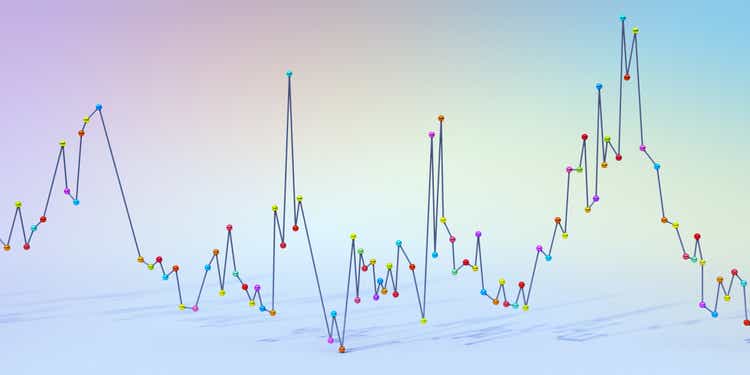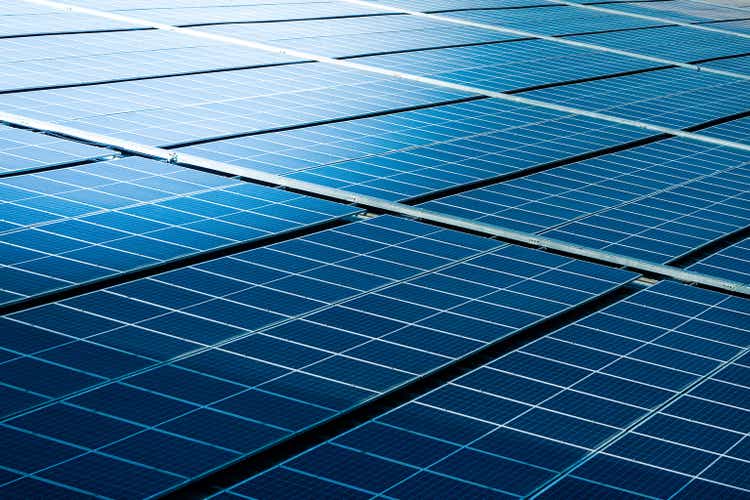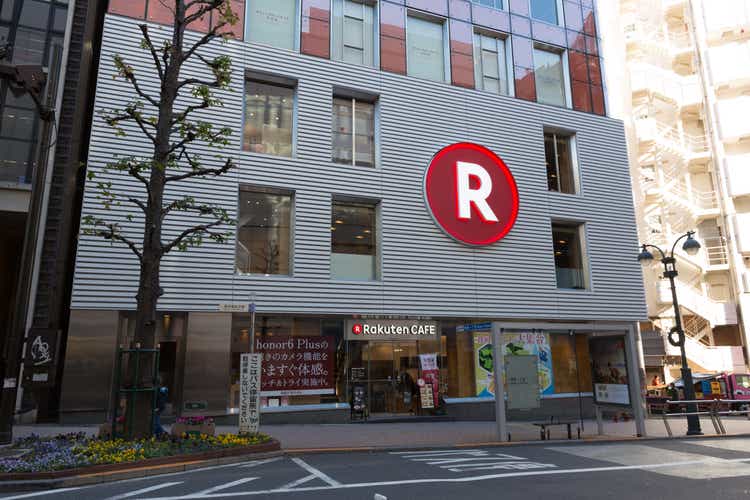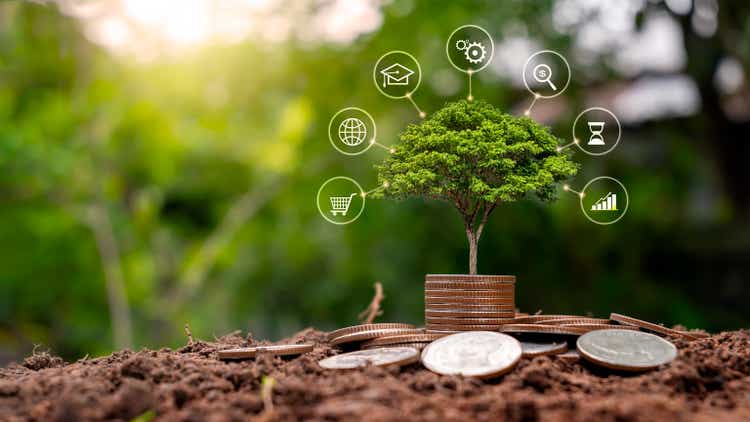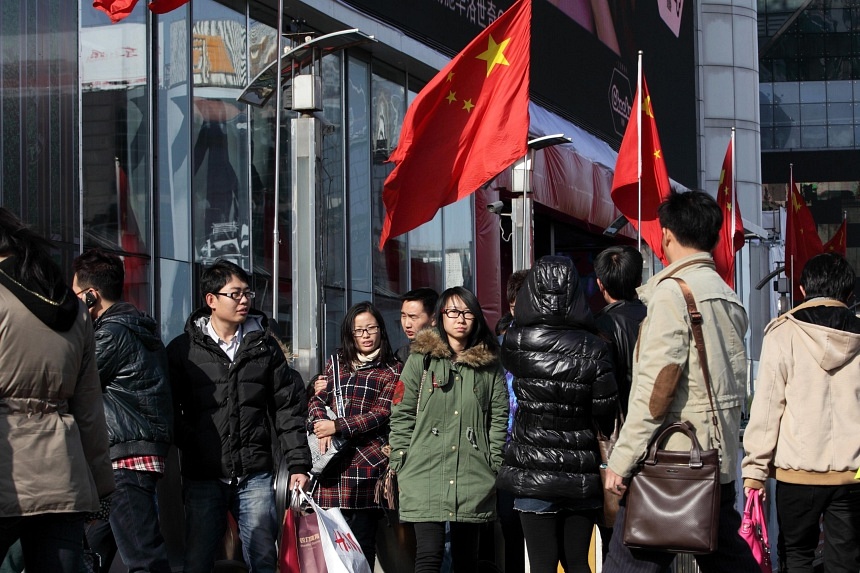
Retail sales in October increased 4.8 per cent from a year earlier, the best reading since February. BEIJING - China’s economy showed signs of stabilisation in October, buoyed by the highest retail sales growth in eight months and indicating that Beijing’s latest round of stimulus has boosted some key sectors.
Retail sales increased 4.8 per cent from a year earlier, the National Bureau of Statistics (NBS) said on Nov 15, up from September’s gain of 3.2 per cent and beating the median forecast of 3.
8 per cent by economists in a Bloomberg survey. It marked the best reading since February. Industrial output rose 5.
3 per cent from a year earlier, slightly slower than the previous month and lower than a forecast growth of 5.6 per cent. “With the accelerated implementation of the existing policies and the introduction of a raft of incremental policies in October, the national economy showed stable growth trend, with major indicators recovering notably and positive factors accumulated,” an NBS statement said.
“However, we should be aware that the external environment is increasingly complicated and severe, effective demands are still weak at home and the foundation for continuous economic recovery needs to be strengthened,” it added. The indicators captured the immediate effects of China’s boldest stimulus measures since the Covid-19 pandemic that aimed to ensure the country reaches its annual growth target of around 5 per cent. A slowdown of economic expansion in the last quarter to the weakest since early 2023 has prompted policymakers to deliver outsized interest rate cuts and support for the property and stock markets.
The authorities also rolled out a US$1.4 trillion (S$1.88 trillion) debt swap programme to curb debt risks faced by the local authorities and free up fiscal room for them to promote growth.
The question now is how far Beijing is willing to go to shore up domestic demand and tackle deflation. Boosting consumption could become even more pressing after the reelection of Donald Trump as US president , as he has threatened a 60 per cent tariff on most Chinese imports , a move likely to hurt the Asian country’s export sector. China is Singapore’s single largest export market.
Data released previously for October painted a mixed picture of the state of the world’s second-largest economy. Sentiment among manufacturers and service providers improved, and export growth hit a two-year high. However, inflation stayed near zero and credit expansion slowed more than expected, reflecting tepid domestic demand.
Finance Minister Lan Fo’an has promised “more forceful” fiscal policy in 2025, hinting at an increase in the budget deficit, an expansion in special local bond issuance and freer use of the funds raised. He also suggested greater support for a cash-for-clunkers programme to spur consumer spending. Governments at all levels accelerated bond sales in recent months, with net financing exceeding 1 trillion yuan (S$186 billion) for three straight months through October.
That has yet to show an effect on investment, though. Fixed asset investment increased 3.4 per cent in the first 10 months of 2024 from the same period in 2023, maintaining the same pace in January-September.
Property investment fell 10.3 per cent in the period, worsening from a slump of 10.1 per cent in the first nine months, suggesting still subdued confidence among developers despite an initial recovery in housing sales.
BLOOMBERG Join ST's Telegram channel and get the latest breaking news delivered to you. Read 3 articles and stand to win rewards Spin the wheel now.







